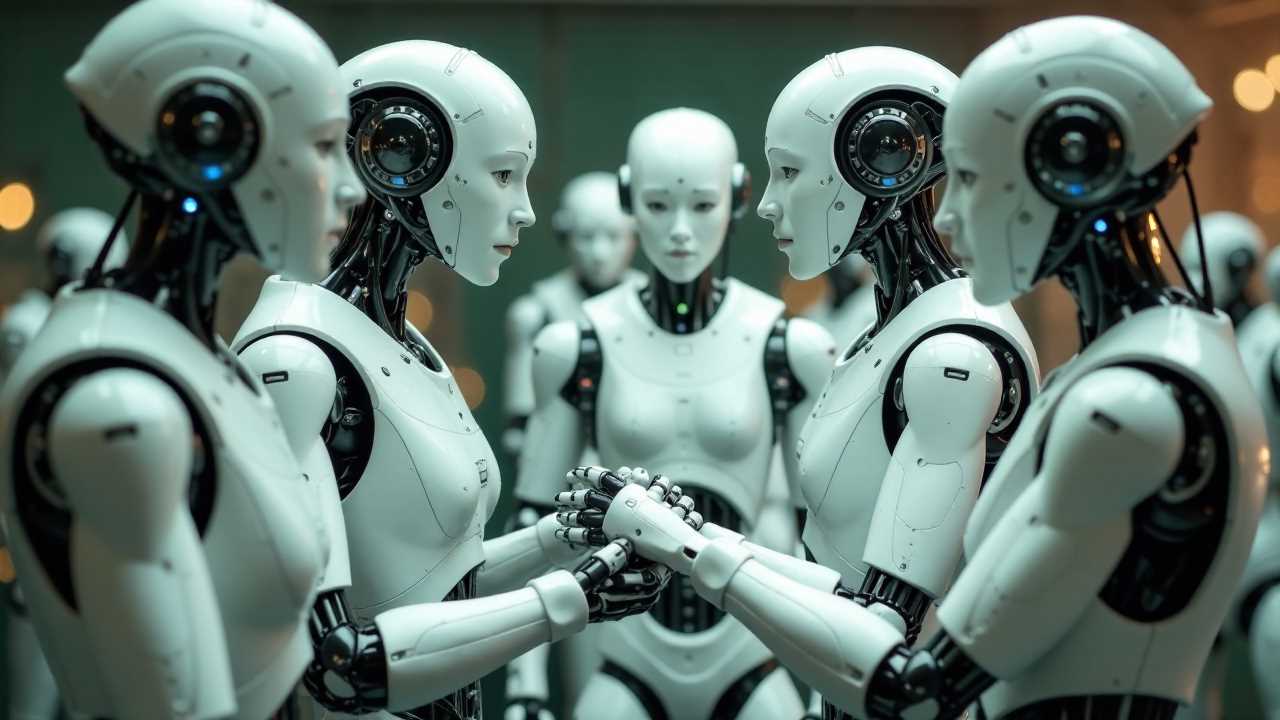
In today's rapidly evolving technological landscape, collaborative robotics projects are at the forefront of innovation, transforming industries and redefining the way humans interact with machines. These projects leverage advanced robotic systems to create seamless partnerships between humans and robots, enhancing productivity and efficiency across various sectors.
The Rise of Collaborative Robotics
Collaborative robotics, often referred to as cobots, are designed to work alongside human operators, facilitating human-robot interaction in a safe and efficient manner. Unlike traditional industrial robots that operate in isolation, cobots are equipped with sensors and advanced algorithms that allow them to adapt to their environment and respond to human actions. This shift towards collaboration is driven by the need for increased automation in manufacturing, logistics, and other industries, where the demand for precision and speed is paramount.
Enhancing Teamwork Through Automation
One of the key benefits of collaborative robotics projects is their ability to enhance teamwork between humans and machines. By automating repetitive and physically demanding tasks, cobots free up human workers to focus on more complex and creative aspects of their jobs. This not only improves job satisfaction but also leads to higher overall productivity. As teams become more integrated with robotic systems, the potential for innovation and efficiency increases exponentially.
The Role of Machine Learning
Machine learning plays a crucial role in the development of collaborative robotics. By utilizing vast amounts of data, cobots can learn from their experiences and improve their performance over time. This capability allows them to adapt to new tasks and environments, making them invaluable assets in dynamic work settings. As machine learning algorithms continue to advance, the potential applications for collaborative robotics will expand, paving the way for even more sophisticated interactions between humans and robots.
Prioritizing Safety Protocols
While the benefits of collaborative robotics projects are significant, safety remains a top priority. Implementing robust safety protocols is essential to ensure that human workers can operate alongside robots without risk of injury. Modern cobots are designed with safety features such as force limiters and emergency stop buttons, which allow them to operate safely in close proximity to humans. By prioritizing safety, organizations can foster a culture of trust and collaboration, enabling teams to work together more effectively.
Conclusion
As we look to the future, collaborative robotics projects will continue to revolutionize industries by enhancing human-robot interaction, streamlining automation, and fostering teamwork. With advancements in machine learning and a commitment to safety protocols, the potential for these technologies is limitless. Embracing collaborative robotics is not just an option; it is a necessity for organizations aiming to thrive in an increasingly competitive landscape.
 Family Craft ProjectsHome ImprovementCooking and BakingReuse and RecycleDIY GiftsEco-Friendly ProjectsDIY Home SolutionsSeasonal ActivitiesFun and GamesLearn TogetherPrivacy PolicyTerms And Conditions
Family Craft ProjectsHome ImprovementCooking and BakingReuse and RecycleDIY GiftsEco-Friendly ProjectsDIY Home SolutionsSeasonal ActivitiesFun and GamesLearn TogetherPrivacy PolicyTerms And Conditions
